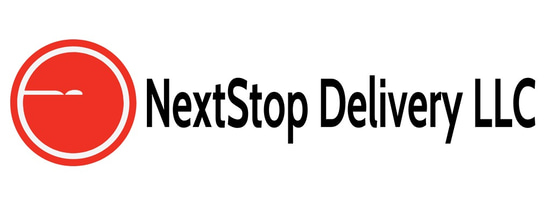Optimizing Last-Mile Delivery: Navigating Challenges with Innovative Solutions
11/28/20242 min read


Understanding the Challenge of Last-Mile Delivery
Last-mile delivery has long been recognized as a significant pain point in logistics, contributing to increased costs and customer dissatisfaction. As urban areas become increasingly congested, traditional delivery methods struggle to cope with rising demand. Factors such as traffic congestion, limited access to certain locations, and the need for timely deliveries further complicate the last-mile segment of the supply chain. In this context, businesses must identify innovative approaches to optimize their last-mile delivery processes.
Innovative Solutions for Last-Mile Delivery Optimization
To address the challenges in last-mile delivery, companies are turning to a variety of innovative solutions. One promising approach is the use of unmanned vehicles, such as drones or autonomous delivery robots. These technologies can navigate traffic effectively and reach clients at locations that are difficult for traditional vehicles to access. Although regulations and public acceptance are still evolving, the potential efficiency gains from implementing unmanned vehicles are substantial.
Additionally, bicycle delivery services are gaining traction in densely populated urban areas. This method not only reduces the congestion associated with traditional vehicles but also enhances delivery speed and reduces environmental impact. Companies can implement bike delivery services as part of their overall delivery strategy to cater to urban customers and improve their market competitiveness.
Integrating Smart Warehousing and Technology
Another critical aspect of optimizing last-mile delivery involves the integration of smart warehousing solutions. By employing technology such as inventory management systems and data analytics, businesses can streamline their warehousing processes, minimizing delays and improving order fulfillment. This technology enables companies to maintain better control over inventory levels and respond quickly to changing customer demands.
Moreover, utilizing real-time data analytics allows businesses to assess traffic patterns and optimize delivery routes effectively. This approach not only ensures timely deliveries but can also enhance customer satisfaction, as clients are less likely to experience delays. By harnessing technology, organizations can also improve communication with their customers, providing real-time updates on the status of their orders.
Conclusion: The Future of Last-Mile Delivery
In conclusion, overcoming the challenges of last-mile delivery requires a multi-faceted approach that embraces innovation and technology. By integrating unmanned vehicles, bicycle delivery, and smart warehousing solutions, businesses can enhance operational efficiency, reduce costs, and ultimately improve customer satisfaction. As the logistics landscape continues to evolve, companies that adapt to these innovations will be best positioned to succeed in an increasingly competitive market.
Subscribe to us to get the latest logistics information and transportation solutions! Let us provide you with accurate and efficient logistics services to help your business grow rapidly.
© 2024. All rights reserved.
